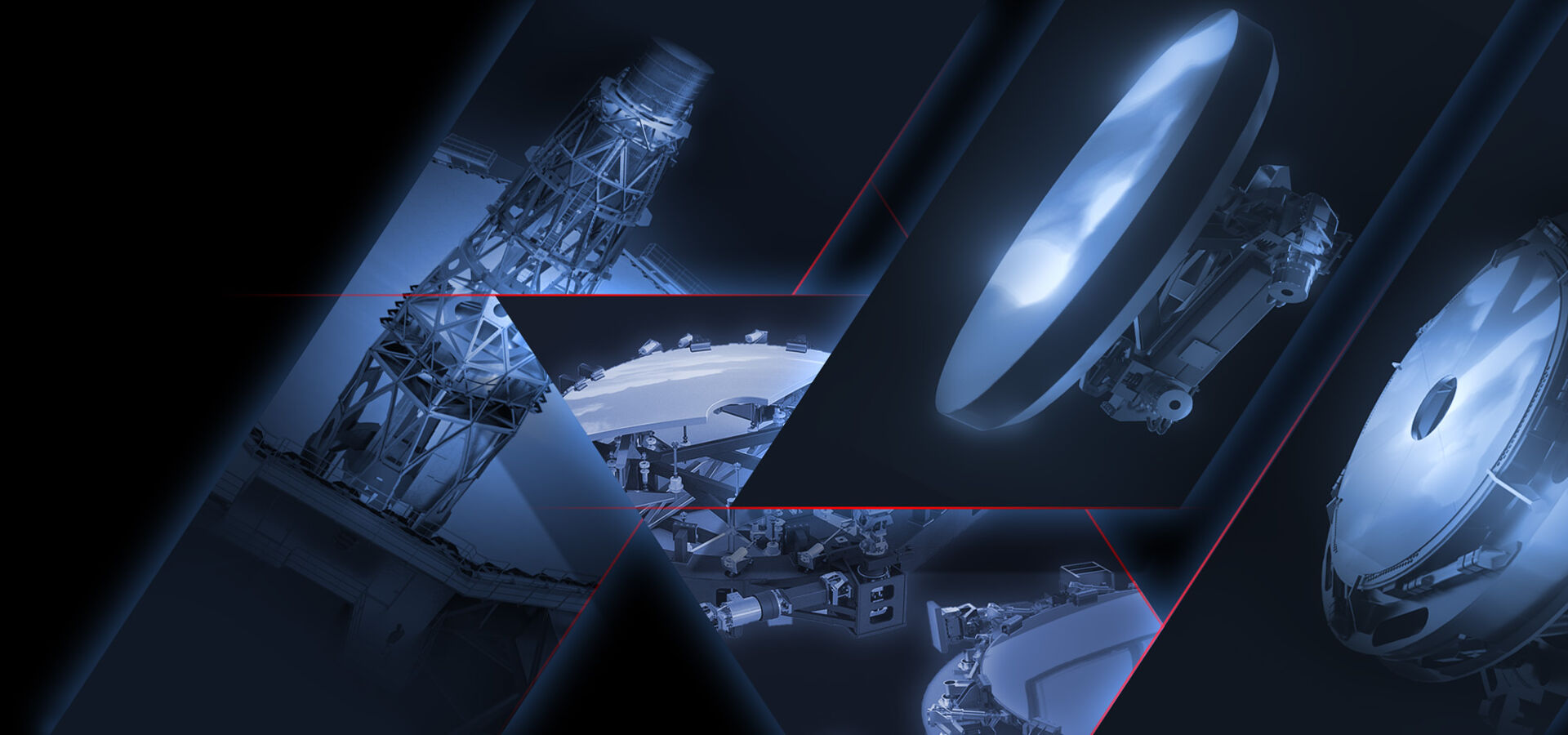
European
Southern
Observatory

El ELT tendrá un diseño óptico pionero de cinco espejos que permitirá observar el Universo con un nivel de detalle sin precedentes. Los espejos tendrán distintas formas, tamaños y funciones, pero se integrarán a la perfección para trabajar en conjunto. El espejo primario, llamado M1, es el más espectacular de todos: se trata de un espejo cóncavo de 39 metros que captará la luz del cielo nocturno para luego reflejarla al espejo secundario. Este último es el espejo convexo M2, el espejo secundario más grande jamás utilizado en un telescopio, que cuelga sobre el M1 para reflejar la luz hacia el espejo M3 ubicado abajo que, a su vez, la transmite al espejo adaptativo plano (M4) sobre él. Este cuarto espejo tendrá la capacidad de ajustar su forma mil veces por segundo para corregir las distorsiones causadas por la turbulencia atmosférica y luego enviar la luz al espejo M5, un espejo plano inclinable que estabilizará la imagen y la enviará a los instrumentos del ELT.
La solución óptica del ELT de ESO es una apertura de 39 metros plegada con tres espejos anastigmatizado (M1, M2, M3). El plegado es proporcionado por dos espejos planos (M4, M5) que envían los haces a cualquiera de los focos de Nasmyth (estaciones prefocales) a través del eje de elevación del telescopio.
La relación focal del espejo primario (M1) es de f/0.87. El campo de visión Nasmyth total es de 10 minutos de arco y se ve limitado por las dimensiones del orificio en uno de los espejos planos plegables (M4). Por diseño, la calidad óptica tiene un límite de difracción hasta el borde del campo curvo en todas las longitudes de onda. La curvatura de campo es de 9 88 m y el centro de la curvatura de campo se encuentra antes del foco. La relación focal Nasmyth es más bien amplia (f/17.75, distancia focal 684022 mm). La capacidad de plegado (espejos planos M4 y M5) está pensada para proporcionar superficies planas en ubicaciones convenientes para un espejo adaptativo (M4, conjugado 621 m delante del telescopio, desde el M1) y estabilización de campo (M5, con un leve desenfoque). El espejo M4 tiene una inclinación de 7,75°.
El telescopio depende en gran medida del control de frente de onda integrado, cuyo propósito es mantener el frente de onda y el seguimiento dentro de los niveles de tolerancia. Esto permite limitar las desviaciones en el estado y la alineación de las superficies ópticas, siempre que las compensaciones mutuas mantengan el telescopio dentro de los niveles tolerados.
Salvo el M5, todos los espejos cuentan con la posibilidad de ajustar su forma hasta cierto punto. Los espejos M2 y M3 pueden volver a centrarse, y los espejos M4 y M5 pueden direccionar los haces de luz para ajustar de forma dinámica la línea de mira en función de los errores de alineación de la superficie, movimientos bruscos o residuos producidos por los sistemas motrices del telescopio.
We use cookies that are essential for accessing our websites and using our services. We also use cookies to analyse, measure and improve our websites’ performance, to enable content sharing via social media and to display media content hosted on third-party platforms.
The European Organisation for Astronomical Research in the Southern Hemisphere (ESO) is the pre-eminent intergovernmental science and technology organisation in astronomy. It carries out an ambitious programme focused on the design, construction and operation of powerful ground-based observing facilities for astronomy.
This Cookies Policy is intended to provide clarity by outlining the cookies used on the ESO public websites, their functions, the options you have for controlling them, and the ways you can contact us for additional details.
Cookies are small pieces of data stored on your device by websites you visit. They serve various purposes, such as remembering login credentials and preferences and enhance your browsing experience.
Essential cookies (always active): These cookies are strictly necessary for the proper functioning of our website. Without these cookies, the website cannot operate correctly, and certain services, such as logging in or accessing secure areas, may not be available; because they are essential for the website’s operation, they cannot be disabled.
Functional Cookies: These cookies enhance your browsing experience by enabling additional features and personalization, such as remembering your preferences and settings. While not strictly necessary for the website to function, they improve usability and convenience; these cookies are only placed if you provide your consent.
Analytics cookies: These cookies collect information about how visitors interact with our website, such as which pages are visited most often and how users navigate the site. This data helps us improve website performance, optimize content, and enhance the user experience; these cookies are only placed if you provide your consent. We use the following analytics cookies.
Matomo Cookies:
This website uses Matomo (formerly Piwik), an open source software which enables the statistical analysis of website visits. Matomo uses cookies (text files) which are saved on your computer and which allow us to analyze how you use our website. The website user information generated by the cookies will only be saved on the servers of our IT Department. We use this information to analyze www.eso.org visits and to prepare reports on website activities. These data will not be disclosed to third parties.
On behalf of ESO, Matomo will use this information for the purpose of evaluating your use of the website, compiling reports on website activity and providing other services relating to website activity and internet usage.
Matomo cookies settings:
Additional Third-party cookies on ESO websites: some of our pages display content from external providers, e.g. YouTube.
Such third-party services are outside of ESO control and may, at any time, change their terms of service, use of cookies, etc.
YouTube: Some videos on the ESO website are embedded from ESO’s official YouTube channel. We have enabled YouTube’s privacy-enhanced mode, meaning that no cookies are set unless the user actively clicks on the video to play it. Additionally, in this mode, YouTube does not store any personally identifiable cookie data for embedded video playbacks. For more details, please refer to YouTube’s embedding videos information page.
Cookies can also be classified based on the following elements.
Regarding the domain, there are:
As for their duration, cookies can be:
Cookie settings: You can modify your cookie choices for the ESO webpages at any time by clicking on the link Cookie settings at the bottom of any page.
In your browser: If you wish to delete cookies or instruct your browser to delete or block cookies by default, please visit the help pages of your browser:
Please be aware that if you delete or decline cookies, certain functionalities of our website may be not be available and your browsing experience may be affected.
You can set most browsers to prevent any cookies being placed on your device, but you may then have to manually adjust some preferences every time you visit a site/page. And some services and functionalities may not work properly at all (e.g. profile logging-in, shop check out).
The ESO Cookies Policy may be subject to future updates, which will be made available on this page.
For any queries related to cookies, please contact: pdprATesoDOTorg.
As ESO public webpages are managed by our Department of Communication, your questions will be dealt with the support of the said Department.